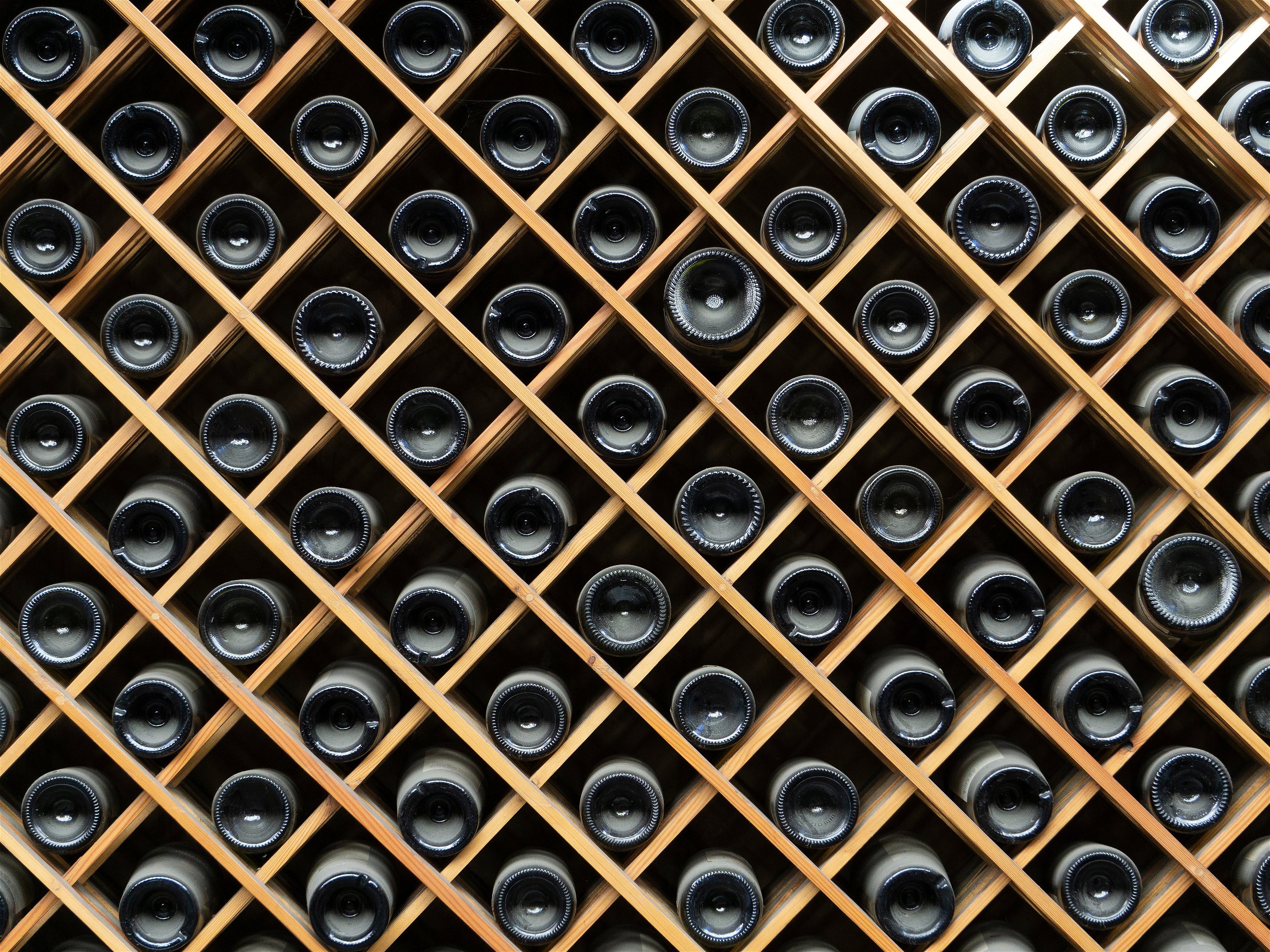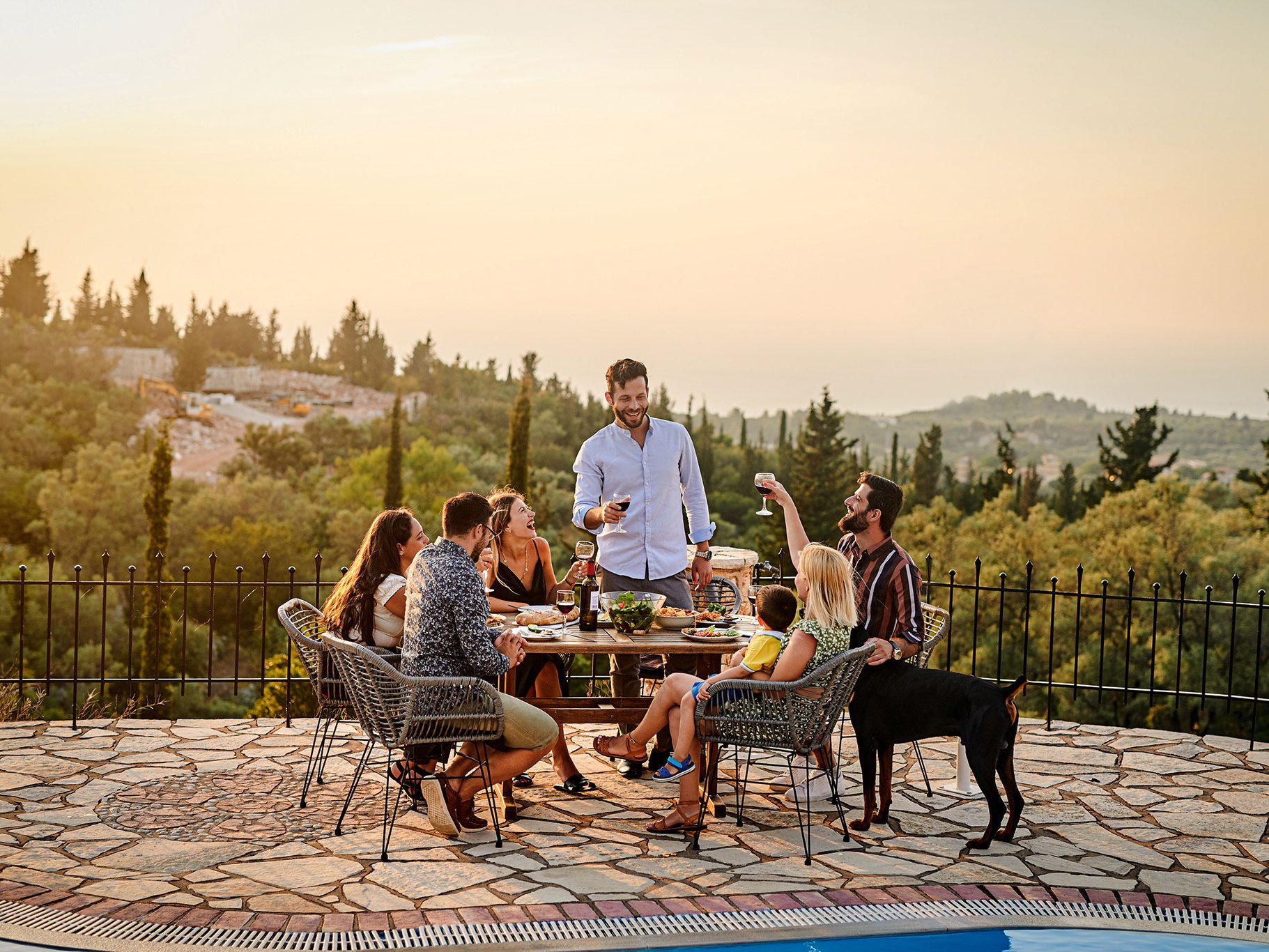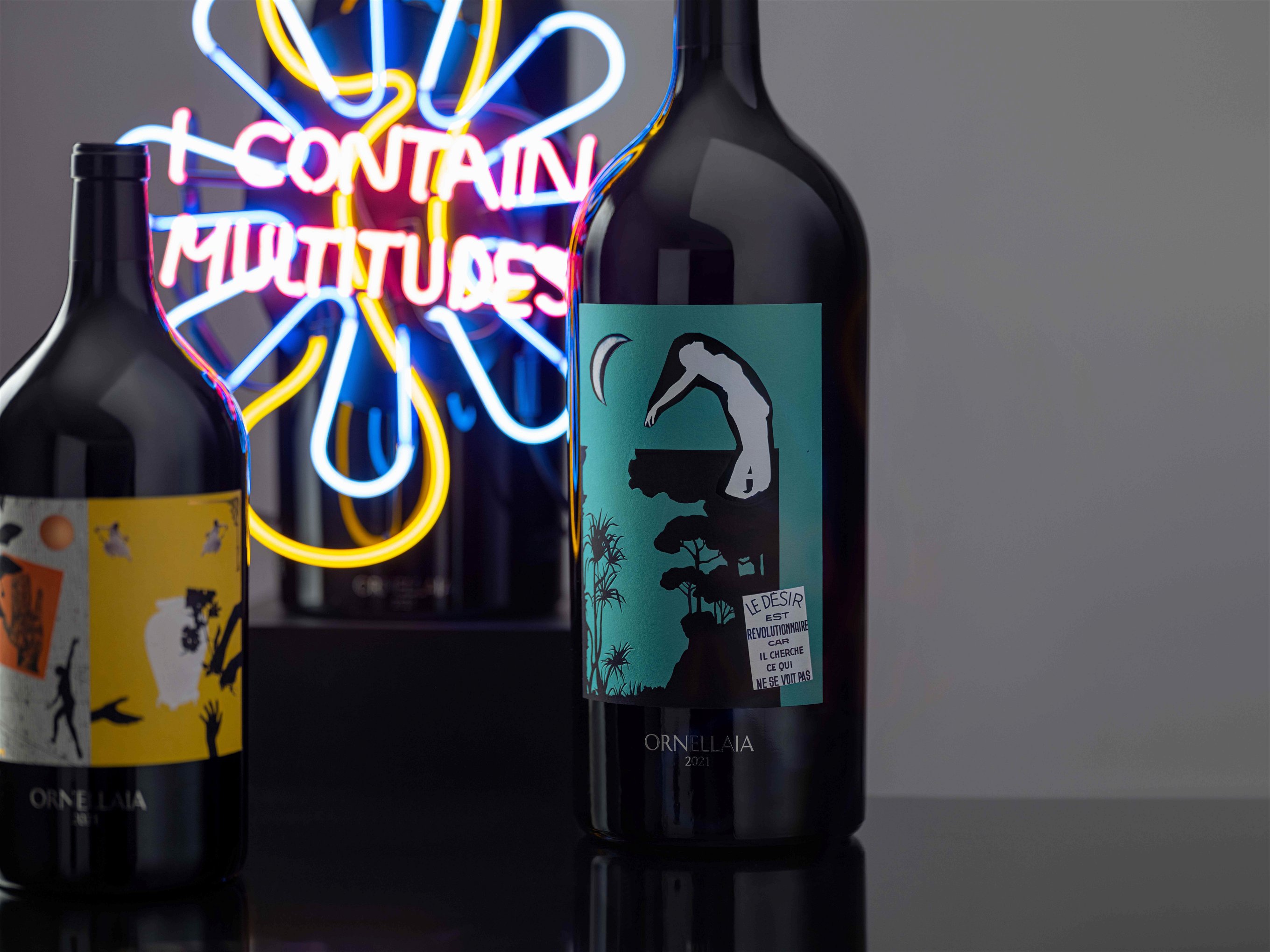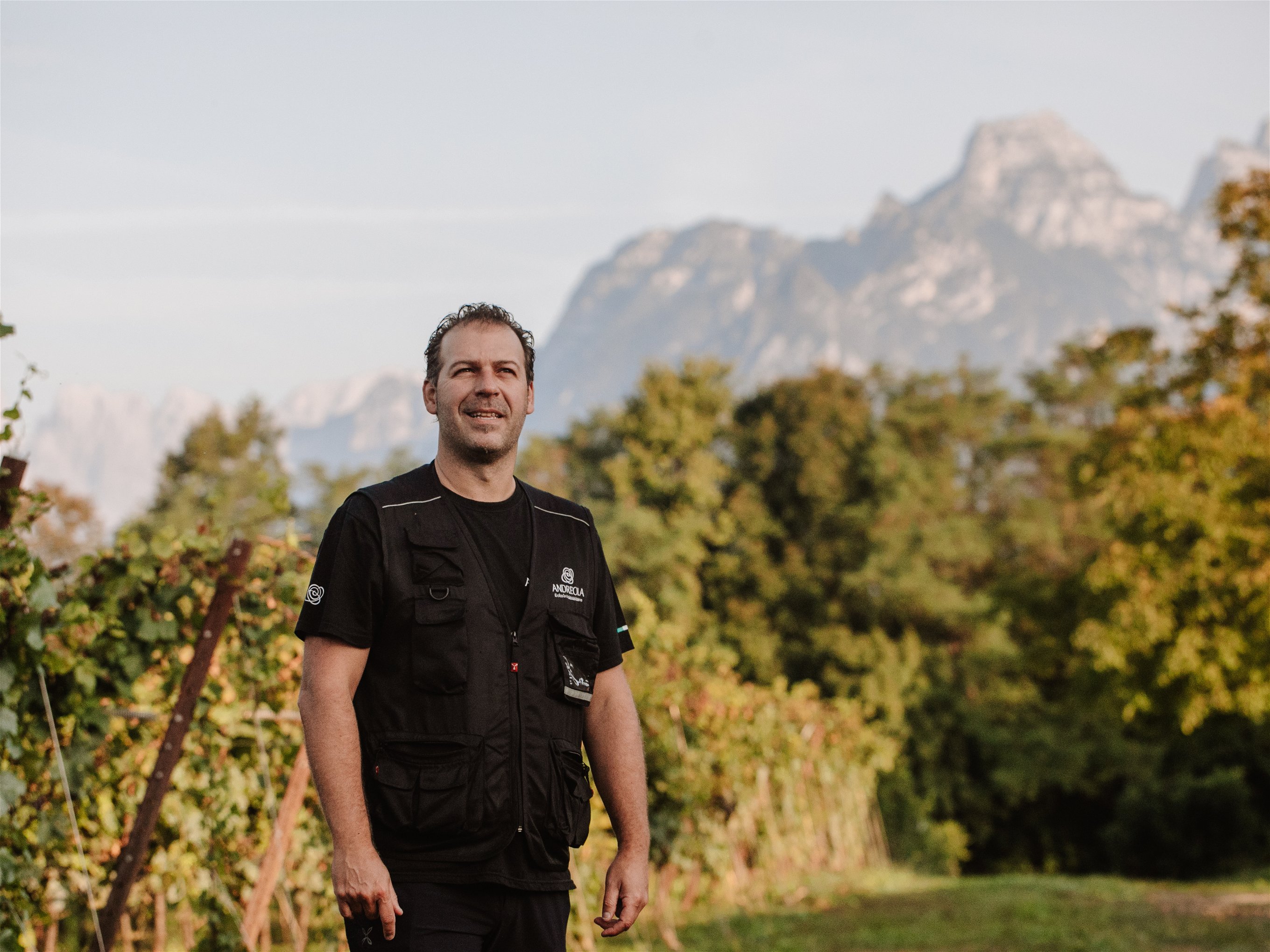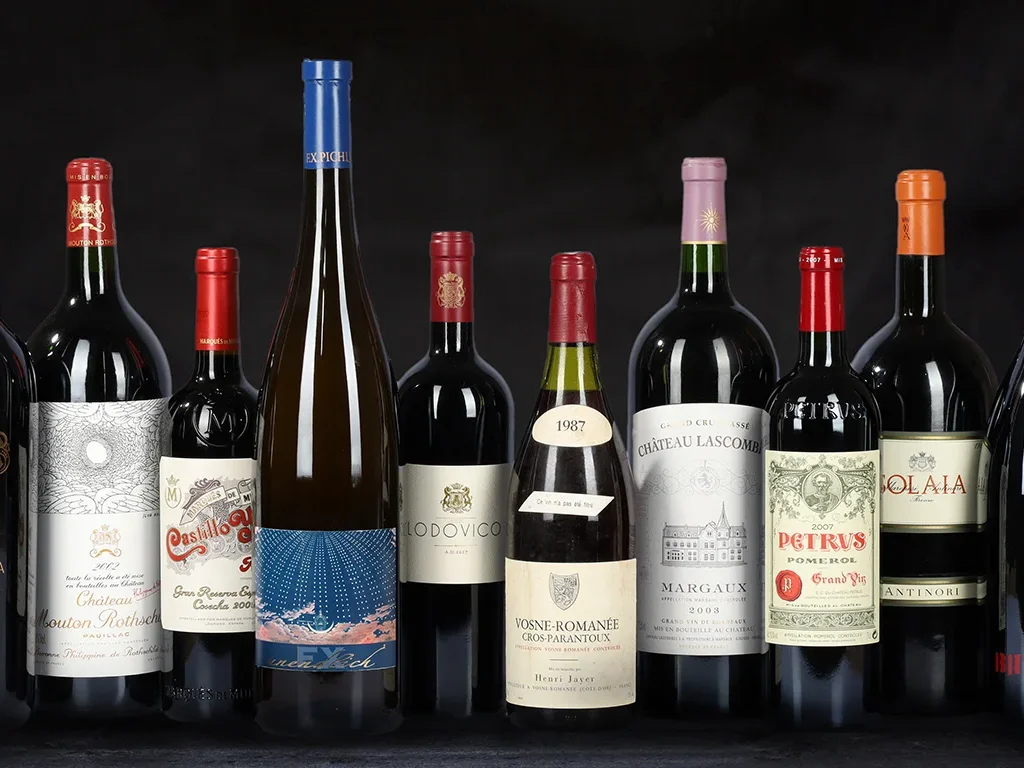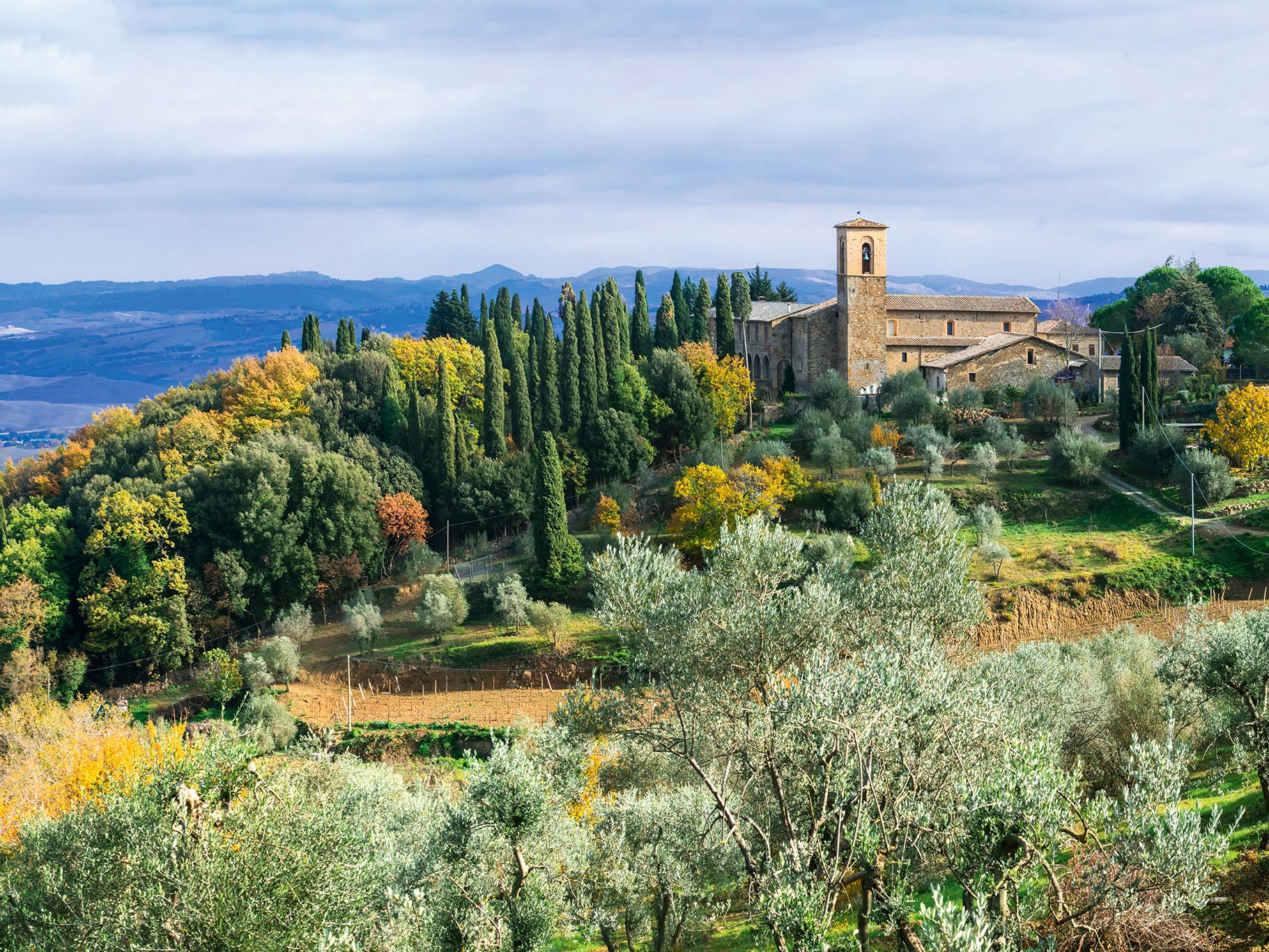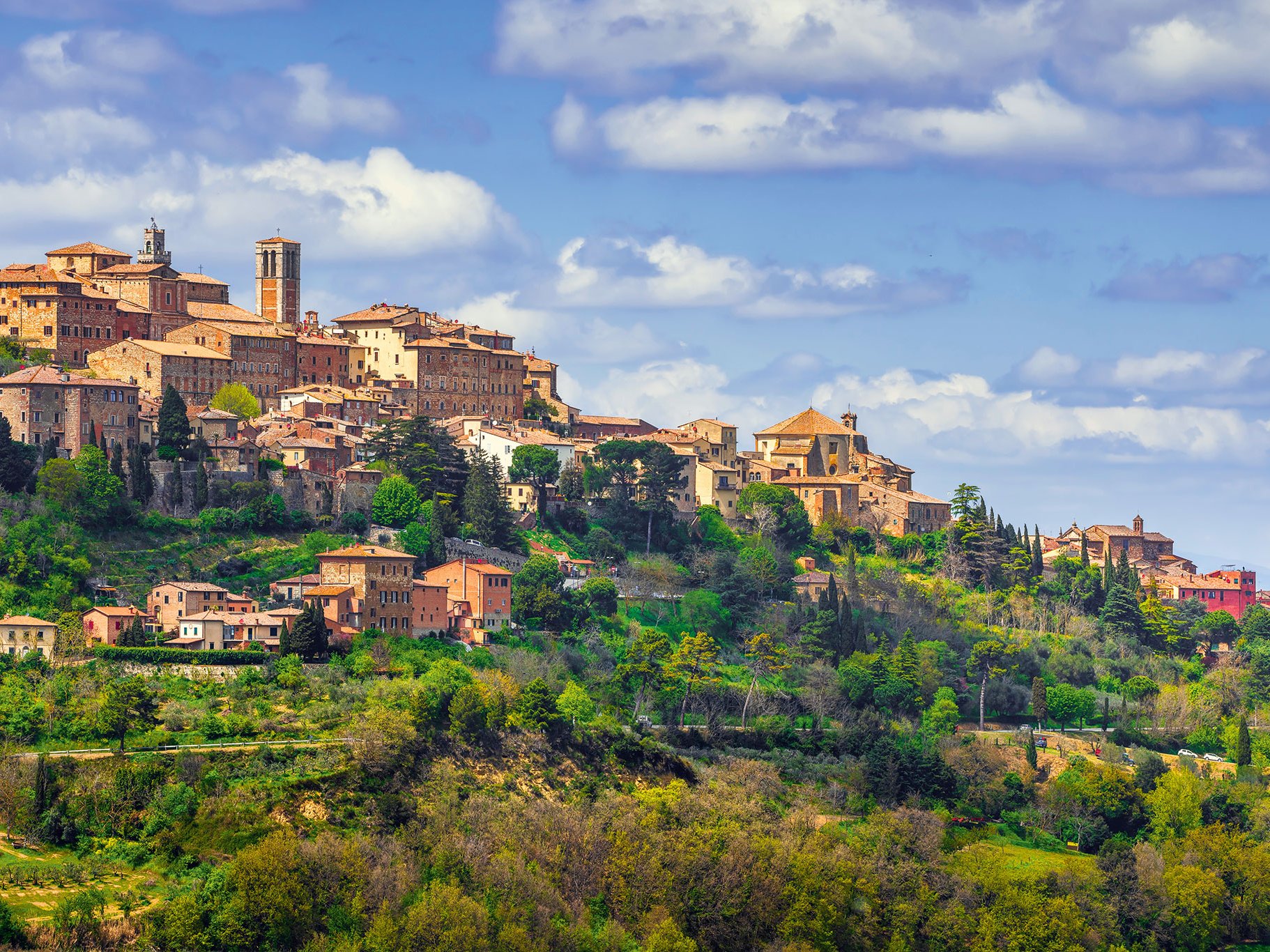The beautiful island of Sardinia, located about 200 kilometers away from the Italian mainland, has had an eventful history. Carthage, Rome, Byzantium and Catalonia were the previous owners of the island before it fell to Italy in 1726 through a cession of the House of Savoy. Catalonia's rule in particular can still be felt in many places today, such as in Catalan street names.
The largest usable part of the otherwise very mountainous island is pasture land and is used for dairy and meat farming. Archaeological findings show that viticulture has been practiced here since at least 1200 BC. After a sharp decline in vineyards, today there are still a good 40,000 hectares of vineyards spread over the north, west and south of the island. Surrounded by the sea, the climate is very mild and Mediterranean.
The history of the island is reflected in the grape varieties, which are more French and Spanish than Italian. The north is dominated by Vermentino, which, from the hands of good producers, produces juicy, full-fruited and lively fresh wines here. Malvasia and Nuragus can also provide interesting white wines.
Rich red wines are produced primarily in the west and south of the island from Grenache, which here is called Cannonau, as well as Carignano and some other less interesting varieties. International red wine varieties are also grown on a small scale, most notably Cabernet Sauvignon.
In recent years, Sardinia has again aroused great interest among wine lovers, because here some producers are doing excellent work and Antonio Argiolas has created something like a cult wine with the "Turriga", which enjoys a very high reputation worldwide.



